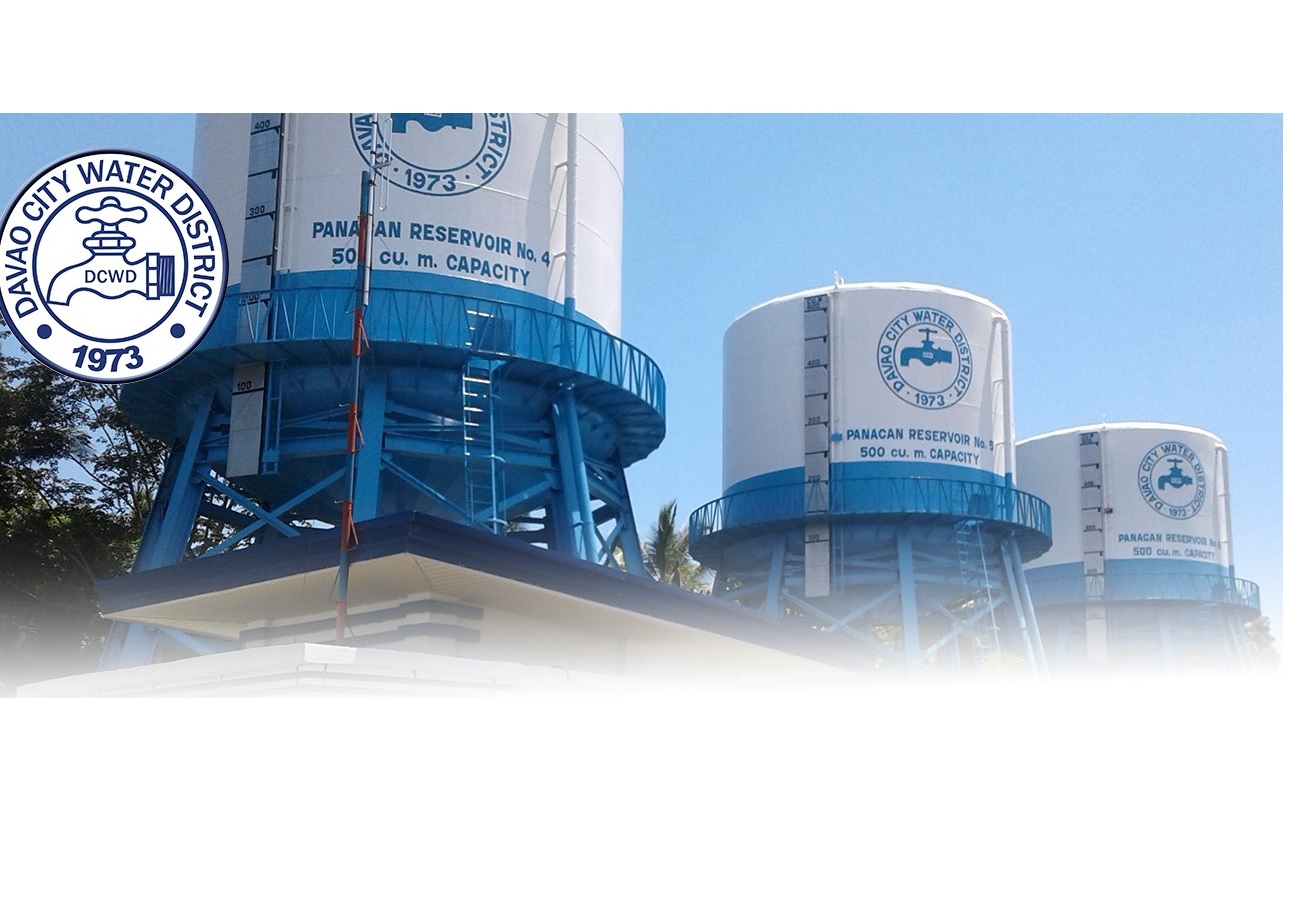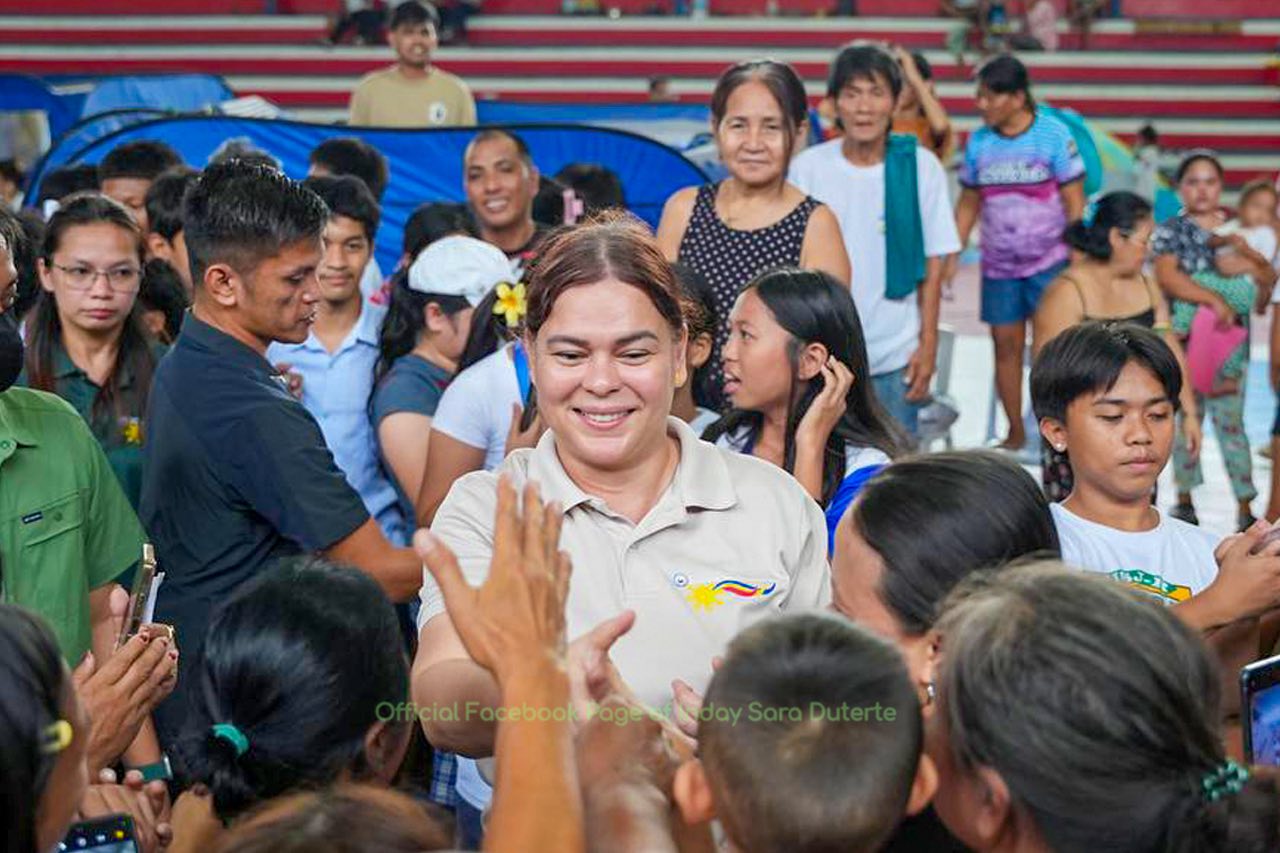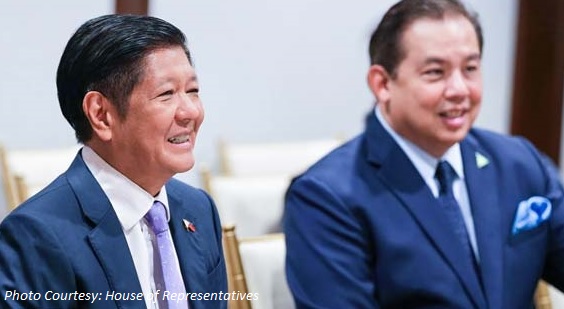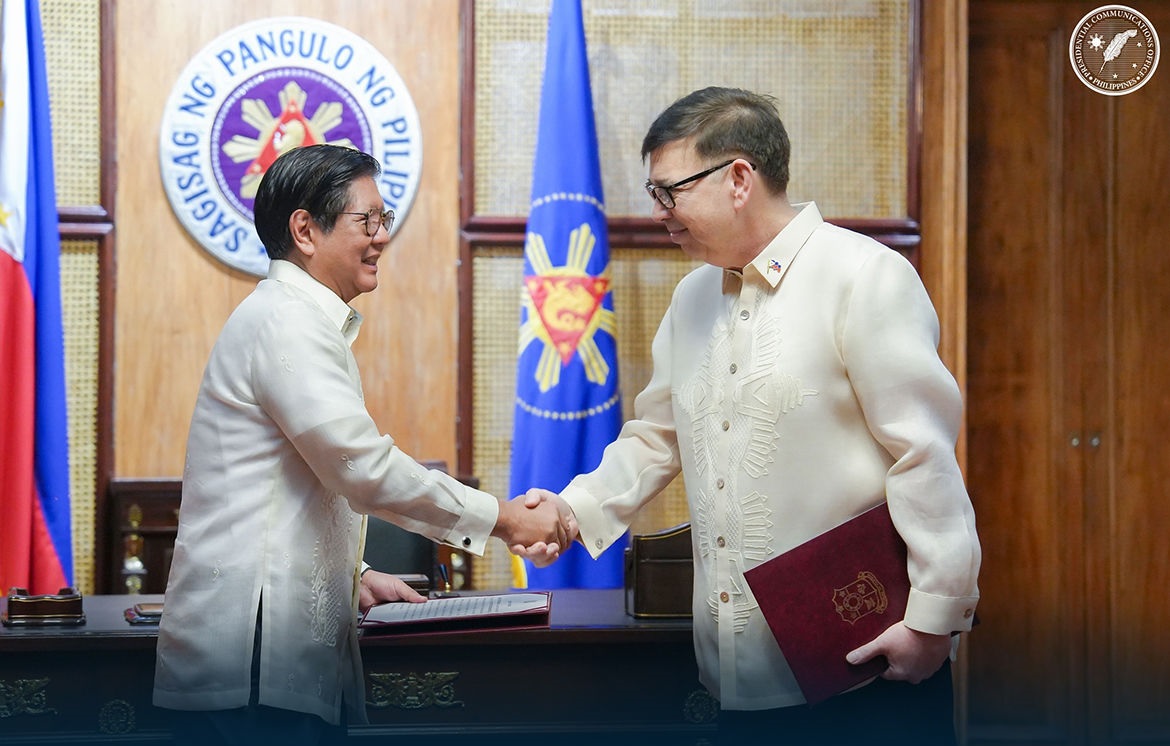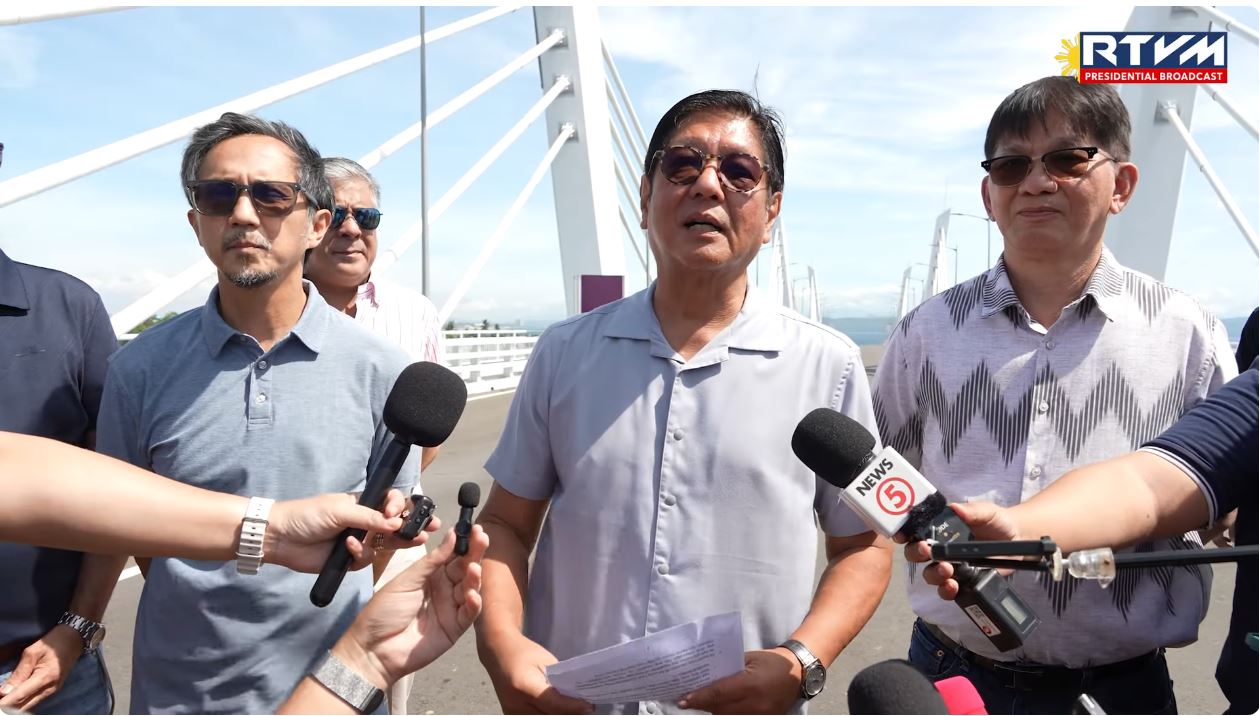
In his state of the nation address, Monday, Pres. Ferdinand Marcos took a swipe at water utilities which he decried are wanting in delivering sufficient supply of water they are mandated to do.
While he did not name the utility or utilities it is unmistakable that he is targeting Prime Water of Manny Villar which he had earlier ordered investigated following a fallout in the political alliance after Villar’s daughter Camille and Imee Marcos jumped from PBBM’s Alyansa Para sa Bagong Pilipinas senate slate and joined Duterte’s PDP-Laban.
The water utilities referred to by President Marcos actually were originally not owned by the Villars. All of these were operating as government-run corporations but a number of these encountered insurmountable problems among these unsustainable water source, quality of raw water which contains unwanted elements of water from aquifers which are highly organic. In a situation like these the cost of treatment for desired quality of water can impact on the finances of the utility and water rates. Lacking in funds to address these unexpected problems not a few water utilities opted to just give up operations and sell. Prime Water of Villar gobbled up most of these but obviously did not do due diligence but acquired these anyway.
Water Districts are regulated by the Local Water Utilities Administration (LWUA). Marcos appointed Jose M. Salonga as Administrator. In his SONA, the President directed him to conduct a formal investigation of the water utilities due to service-related problems.
Given the problems that confronted the private water utilities and water districts the task of Administrator Salonga is nothing less than Herculean.
Not long ago, in an interview with Cesar Chavez over DZRH, Administrator Salonga heaped praises to Davao City Water District saying DCWD is the most efficient water district in the country. It is no surprise. Chaired by savvy businessman Ed Bangayan, the DCWD Board of Directors, did not stop at establishing production wells to insure potable supply not only for the current needs of its consumers, they also planned early on to look for alternative source of water to provide for the next generations.
In 2014 DCWD embarked on a ₱12.5-billion bulk water project which it undertook in a joint venture with Apo Agua Infrastructura. The amount is the biggest single investment in Mindanao. Mildred Aviles, the General Manager of DCWD, said that the project tapped the surface water of Tamogan and Panigan rivers which are recharged by heavily forested Mt. Tipolog. The mountain itself had early on reforested by DCWD under its “Adopt a Tree Program” which the water district undertook for years in cooperation with the Indigenous Peoples who not only guard the forest but took care of tree nurseries which DCWD had established.
GM Aviles explained that as a matter of policy and strategy by the DCWD Board the IPs that inhabited Mt. Tipolog were encouraged to switch crops from vegetable and bananas to agro-forestry. In 2014, the initial rubber trees which the IPs had planted earlier were all ready for tapping. Cacao and coffee trees have started to flower.
DCWD Board Chairman said that along the way, DCWD took quite seriously its corporate social responsibility program by providing employment to the IPs, scholarships to deserving IPs and non-IPs who had long resided in the protected watershed areas that are largely located in the ancestral domain. Datu Lipatuan Joel Unad, Chairman of Mindanao Indigenous Peoples, described DCWD as “a company with a heart and compassion” for the tribal communities.
Unknown to most of its clients DCWD invested heavily on test wells which yielded highly organic or heavily mineralized underground water. Treatment facilities cost a lot of money which the utility has to absorb. With the completion of the bulk water project outlaying barangays are now serviced by DCWD in addition to what the originally served with water sourced from the city’s aquifers.
For now only 30% of the normal volume of water from the twin river of Tamugan and Panigan is utilized. That translates to 300-million liters per day being treated in Apo Agua facilities in Barangay Gumalang and delivered by gravity to all the strategically located water reservoirs of DCWD. This allows the vital aquifers to rest and be recharged.
DCWD has likewise started operating its first Septage Treatment and Management facilities, again the most modern in the country. Marcos need not worry of Davao City Water District. They have what it takes.

